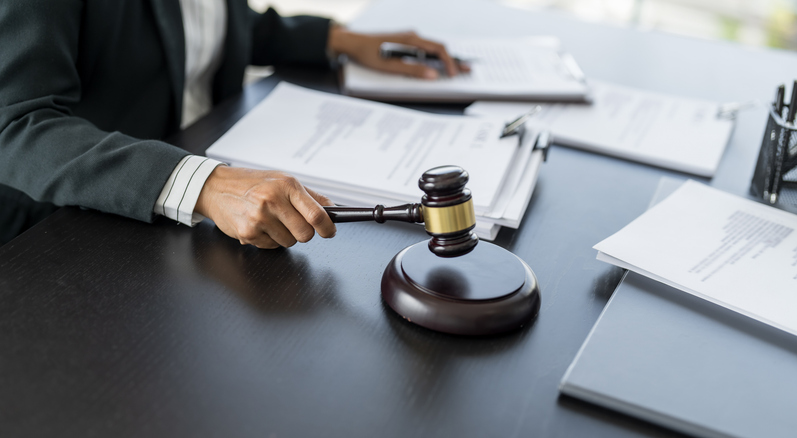
Drunk driving has long been a serious public safety issue in the United States. Drugged driving is a less appreciated, but no less severe problem. The National Institute on Drug Abuse (NIDA) reports that 12.6 million Americans admitted to driving while under the influence of illicit drugs in 2018 alone. Highway safety experts believe the true figure is likely far higher.
You may be wondering: How do prosecutors prove drugged driving in Minnesota? As they cannot measure BAC level, the state is forced to rely on other forms of evidence. Here, our Mankato DWI defense attorneys explain the key things you should know about the evidence that prosecutors use to prove drugged driving in Minnesota.
When Minnesota prosecutors bring a DWI criminal charge, the driver’s measured blood alcohol concentration (BAC) level is often a big part of the case. As you may know, the legal limit for most drivers in Minnesota is 0.08. Drugged driving cases are somewhat more complicated. Here are four key categories of evidence that Minnesota prosecutors use to prove guilt:
Ultimately, every drugged driving case involves its own unique sets of facts and circumstances. If you or your loved one was arrested and charged with a DUI for alleged drugged driving in Southern Minnesota, a defense attorney will help. Among other things, your lawyer will review the evidence to determine if the prosecution can meet its legal burden.
At Kohlmeyer Hagen, Law Office Chtd., our Minnesota DWI defense attorneys have the skills and legal expertise to defend the full spectrum of drugged driving charges. If you or your family member was arrested for drugged driving, we can help. Contact us today at 507-200-8959 or get in touch with us through our website. From our Mankato office, we handle drugged driving charges throughout Southern Minnesota, including in Rochester, Kasson, Austin, Owatonna, and Faribault.